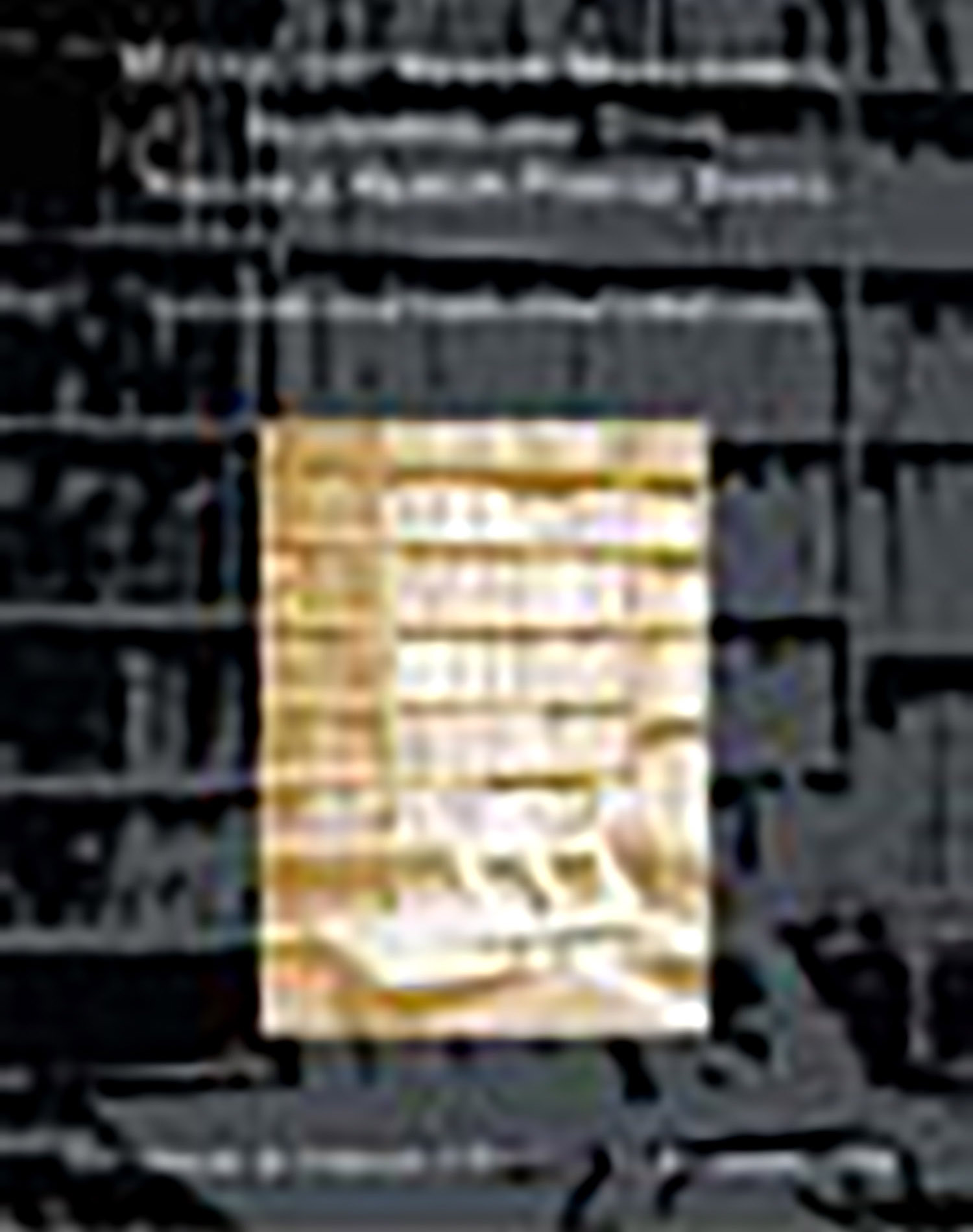Siddur [prayers for the entire year]. According to Sephardic rite.

AUCTION 18 |
Tuesday, December 17th,
2002 at 1:00
Magnificent Hebrew Manuscripts, Incunabula and Other Valuable Hebrew Printed Books Sold By Order of The Trustees of Jews' College, London.
Lot 16
(LITURGY)
Siddur [prayers for the entire year]. According to Sephardic rite.
Spain/France: 15th Century
Est: $15,000 - $20,000
PRICE REALIZED $42,000
An elegant manuscript compendium of prayers according to Sephardic rite.
This manuscript is comprised of five distinct sections each containing a distinct text.
Clearly, the sections are not the work of a single scribe nor were they penned contemporaneously. While the paleography indicates that the bulk of this manuscript is Spanish, the fourth sectionappears to be French. It is unclear when or for what reason the sections of this manuscript were joined. The unique size of the leaves and the consistency of the subject matter would seem to be the collusive force bringing these texts to be bound as a single volume.
Text: * ff. 1-146v: The text begins with the morning prayers, commencing after the recitation of the Akedah, (the first leaves apparently lacking). The text comprises morning prayers, afternoon prayers and evening prayers, Sabbath prayers, Rosh Chodesh prayers, Chanukah, Purim and Festival prayers.
* ff. 147r-149v: This section of the manuscript contains the Va’todianu prayer in large square Sephardic script with other prayers in cursive script.
* ff. 150r-201v: This section of the manuscipt contains various prayers written in a different late 15th- century hand,and includes prayers for good fortune and wealth, for forgiveness as well as prayers for a private fast day and other liturgical texts. Included in these prayers, is a prayer which appears on f.162r. attributed to “Harav B”N z”l’.” This prayer has in fact been attributed to Nachmanides, see Davidson, Yud 1420.
* ff. 202r-287v: This section contains prayers, Torah readings and customs month by month for the formula concerning the cycles and seasons of the year and calendar. One of the calendars included in this section is for the machzor (cycle) for the years 5226-5244 (1465-1484). No doubt, this portion of the manuscript was penned during this period. On f. 277v, there is a discussion of the custom of reading the Torah on Chanukah. The author cites the custom of two yeshivoth in France. The custom of the French Yeshivoth is cited again on f.278r. No doubt, the author of this portion of the manuscript hailed from France.
* ff.288a-334: This final section of the manuscript continues the discussion of customs. Beginning with the customs for the Day of Atonement and includes various piyutim and prayers. Included is part of a “bakasha” based on the four letters of God’s name starting “Yom Eh’ehr’och Lecha Techina Sheei Koli” - not recorded by Davidson (see ff.288v-290v). This section contains other piyutim not recorded by Davidson, see ff.300v and 303v. It also contains incantations, magical formulae, black magic, as well as prayers for the traveler seeking to save himself from severe weather.
A piyut on the 13 Articles of Faith by Judah b. Solomon of Arles and Judah Al’charizi’s translation of the 13 Articles based on Maimonides also appears in this section. This version differs from the Standard Ani Ma’amin.
See: Alexander Marx, A List of the Poems on the Articles of the Creed, in JQR, (New Series) Vol. IX, pp.305-336.
